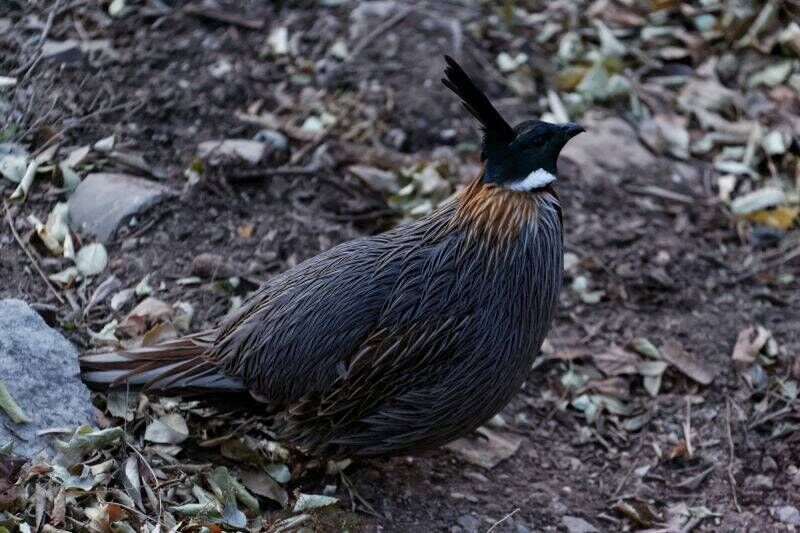Facts About Koklass pheasant
The koklass pheasant is a captivating bird species in the Galliformes order, closely related to grouse and more distantly to pheasants. It is the only species in the distinctive genus Pucrasia. These birds are well-adapted to boreal environments, equipped with the ability to fly uphill and traverse long distances. They are generally monogamous, though there is a slight tendency towards social polyandry, where both parents participate in raising their chicks.
In terms of diet, koklass pheasants are predominantly vegetarian, consuming pine nuts, bamboo shoots, and seeds. However, during the warmer months, they pivot towards a diet rich in insects. This species exhibits considerable diversity, with nine recognized subspecies. Notably, the subspecies P. m. biddulphi ranges from Kashmir to Kullu in India, as well as in China and Mongolia.
Koklass pheasants are medium-sized birds inhabiting high-altitude forests that span from Afghanistan to central Nepal, and from northeastern Tibet to northern and eastern China. Male koklass pheasants are particularly striking with their silver-grey plumage featuring velvety-black streaks, a black head, chestnut breast, and distinctive white neck patches. Females, conversely, have more muted pale brown plumage. Both sexes possess long tails with pale feathers.
Preferring to stay below the tree line, these birds exhibit moderate sexual dimorphism. They are known for their loud calls during the breeding season and in autumn. Koklass pheasants nest on the ground and roost either in trees or under rock overhangs, showcasing their versatility in habitat selection.

 India
India